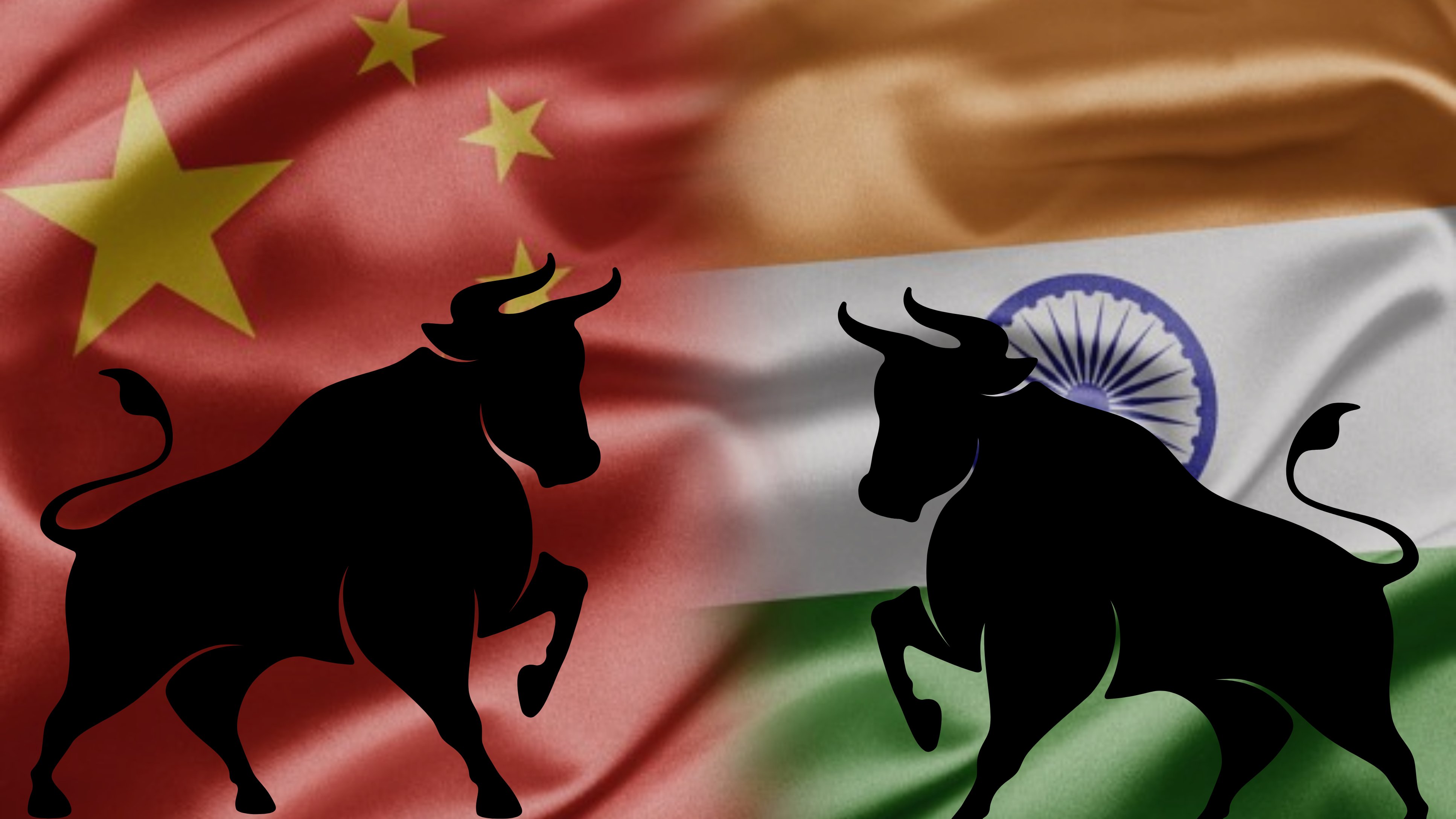India’s first ever annual inflation rate, based on the consumer price index (CPI), was 7.65 per cent for the month of January 2012, government data relased on Tuesday showed.
India’s first ever annual inflation rate, based on the consumer price index (CPI), was 7.65 per cent for the month of January 2012, government data relased on Tuesday showed.
According to the official data, rural retail inflation was at 7.38 per cent, while urban inflation rate for the same month was 8.25 per cent, reinforcing that urban cost of living was higher than rural areas. The overall data combines both urban and rural numbers.
The data which is still proviional, suggested that the highest price increase over the corresponding period last fiscal was for clothing, bedding and footwear, an indicator that buyers wer spending more on accessories. Among food products, the sharpest increase in prices was for milk and products at 16.53 per cent, followed by oils and fats at 13.47 per cent.
Retail prices also rose by 10.45 per cent for eggs, fish and meat, while prices of vegetables fell by about almost 25 per cent, likely because of a good harvest, but also suggesting that more Indians are now consuming a richer, more pretein-rich diet.
Prices for fuel and light also jumped sharply at 13.13 per cent.
Inflation as measured by the WPI eased to a 2-year low of 6.55 per cent in January.
The Consumer Price Index (CPI), which was introduced a year ago, will exist alongside the prevailing Wholesale Price Index (WPI), followed in India to measure inflation. The CPI rate was introduced keeping in mind that demand-side pricing would be a better indicator of inflation than the WPI, which focuses on prices from the producers' side.
Most developed countries follow a CPI-based inflation rate because it is said to be more reflective since it defines the extent to which retailers may pass on any sustained increase in wholesale prices to the consumers.
The CPI data tracks retail prices in five major food groups, fuel, clothing, housing and education across rural and urban India, providing a comprehensive reference point for policymakers, paraticularly the Reserve Bank of India, which formulates monetary polciy and is tasked with controlling inflation, among other things.
The CPI also reflects price movements in the services sector, which makes up about 55 per cent of India's economy but is not included in the WPI.
The index, which uses 2010 as the base year, was introduced by the Ministry of Statistics in January 2011.

 Sign Up with Google
Sign Up with Google




 RECOMMENDED FOR YOU
RECOMMENDED FOR YOU





